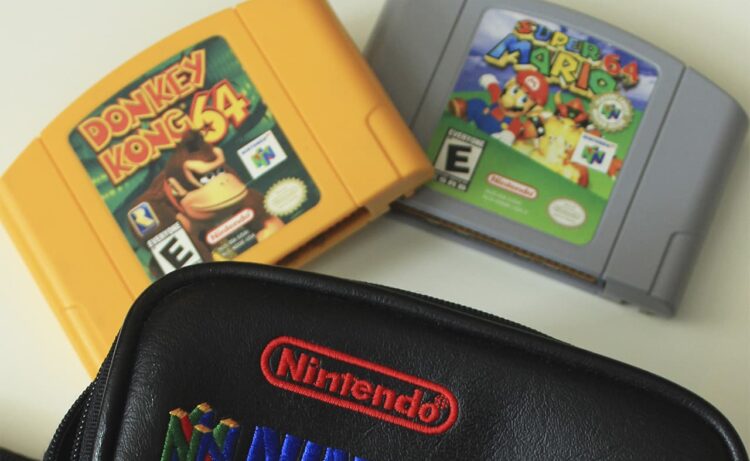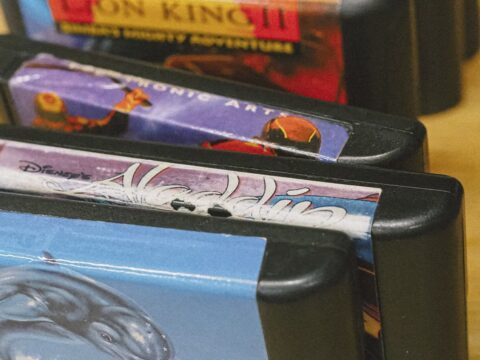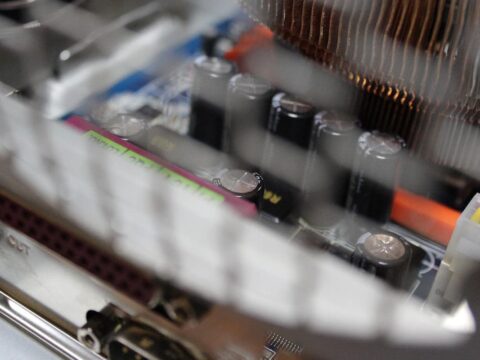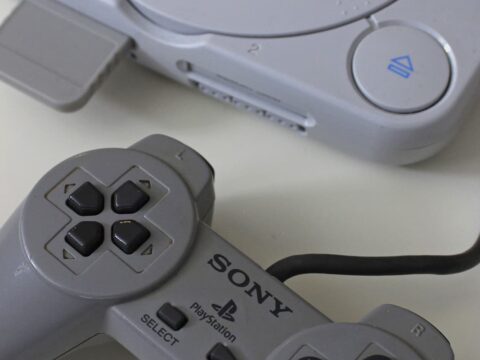
Retro Games in Today’s World
When you think about what counts as retro games, it’s worth mentioning that the concept can also be applied to modern games that incorporate elements of gaming history.
Pokémon Go is a prime example of this, and it remains one of the most popular mobile games today.
How do we see the future of retro games?
Most likely, gaming experts will be answering the question “Why are retro games so popular?” for years to come. That’s because games that use retro ideas, themes and gameplay have proven to be a solid way to attract players.
Nostalgic times are coming.
In fact, many classic titles from the gaming world’s past are making a comeback in recent years, with new games based on games like Pac-Man, Tetris and Crash Bandicoot.
Of course, as the definition of retro video games changes over time, retro games are likely to remain at the forefront of the gaming mainstream for years to come.
For example, given current trends, who would argue against releasing new versions of consoles like the original Xbox?
Ultimately, games may always be moving forward, but these days they’re clearly looking to the past.
More articles
Hello, hello, my dear lovers of antiquity. Yes, I know, you’re probably waiting for the analysis of the third part of The Witcher and I even started to write it, but so far this case is a bit slow, so I decided to recall another, no less legendary series of role-playing games. And this series is Fable. And, in keeping with tradition, a little history. Once upon a time (and still is doing quite well)
Despite the definition, retrogaming appeared almost immediately after the emergence of the industry itself. For example, successful games from the Atari 2600 were transferred to the new console as well. When it became possible to put large amounts of information on a single medium, all the arcade giants like Namco or Taito started releasing compilations of their 15-year-old hits. After bankruptcy, Sega took up revisions of its Genesis and perhaps that’s the only reason it
Before the fifth generation, the hardware of consoles was about equal in performance and differed very little. The same cannot be said about 32/64-bit machines, which started to flood the market from the beginning of 1993. That’s when the carefree Sega vs. Nintendo contests turned into an all-versus-all struggle. The fifth generation created an avalanche of changes in the industry, with every manufacturer trying to make their system more powerful than the competitors. So in














